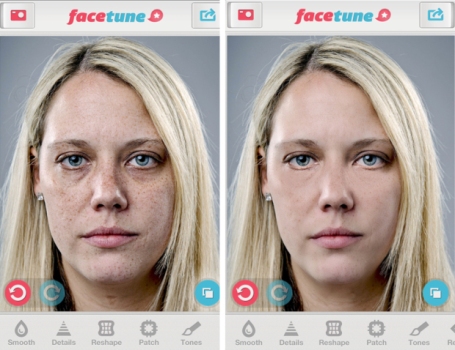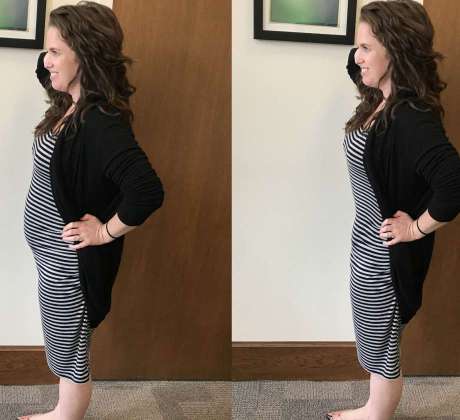<Filters and Photoshop’s effect on self-esteem>
Laura Moon, FILM 208-1
I used to be comfortable with my small eyes and flat nose. Until I started seeing all the beautiful girls on social media. They seemed so authentic, happy, and almost shining. Before coming to university, I got double-eyelid surgery to become one of those beautiful girls on social media.
My dreams did come true. Not only do I have bigger eyes than the past, but I can also use filters and photoshop in the most intricate ways possible so that I would look different from the ‘real me’, while not letting it show, so that I can pretend like I was ‘born this way’. And guess what? It works like wonder on social media. I get more likes and comments on social media when I put more ‘effort’ into the process of selecting and photoshopping photos. Now I’m one of the girls that younger girls would see on social media and want to look like. I feel bad, but I can’t help it.
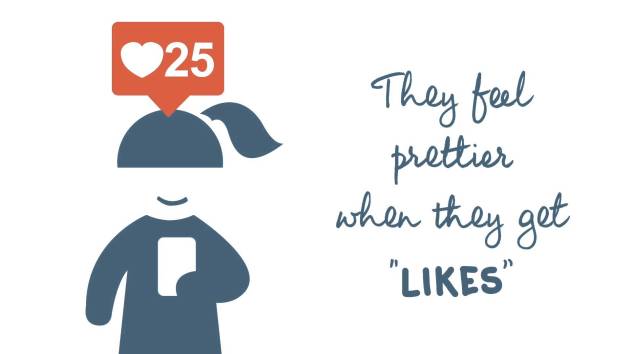
I chose this topic because I have experienced low self-esteem due to filters and photoshop. However, while doing research on this topic, I was surprised to find out that there was a term for this phenomenon, called Snapchat Dysmorphia. Snapchat Dysmorphia is a type of BDD (Body Dysmorphic Disorder), which is associated with ‘face and body dissatisfaction due to a perceived flaw in appearance’.
I was even more surprised to find out that this was a worldwide phenomenon, because I used to think that Asian girls were generally more obsessed with taking selfies and editing them before putting them on social media. Then I realized how Snapchat’s filters, an application used worldwide by 188 million active daily users, make people’s eyes ridiculously big and their skin appear impeccably soft and clean.
Not only does photoshop and filters make people want to change their faces to look ‘better’, or like the versions of themselves on snapchat, the applications also make them want to change their whole body, including body shape and skin color. All photoshop apps such as MakeupPlus and Facetune have the ‘reshape’ tool, which lets people ‘reshape’ their face and body shapes to make them look slimmer. As a result, it is very easy for people to choose to use photoshop to look thin, instead of trying to lose weight in real life. Because the process of changing their faces on photoshop apps are very simple and easy, people are driven to think that it must be easy in real life to change their appearances. As a result, there have been cases in which people asked for cosmetic surgery to make their eyes as big as the ‘animal eyes’ that Snapchat filters give them.
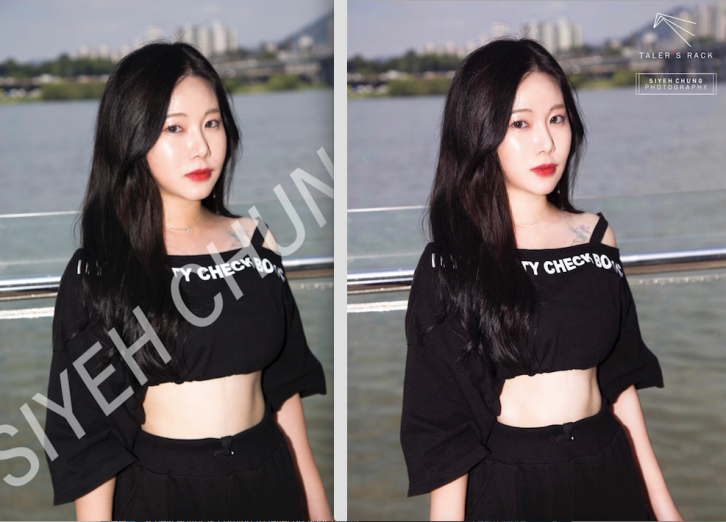
This is a before-and-after photo of a profile picture I took this summer. After taking many shots and choosing the best cut, I asked the photographer to photoshop the picture to make ‘my eyes bigger, face and body whiter, and waist and chin slimmer’. Likewise, the difference between the before and after photoshop makes people on social media believe that I look like the ‘after’ photo in real life. At the same time, it makes me believe that I do not look good because I don’t look like my edited photos. Looking at the difference between the two makes me feel that I am not slim enough, that my eyes are not big enough, and so on.. although there is no such thing as ‘not being slim/pretty enough’.
Indeed, According to an article on the CNN news website, the filters and photoshop applications are creating a ‘new reality’ of beauty standards, by allowing users to easily reshape and create the appearance that they want to look like. The article adds that it may ‘form unhealthy ideas‘ about what people see in the mirror or on their phones, which I can relate to very well. Although I know that I am not fat or ugly, the edited version of myself on social media is someone I want to be like and look like; always traveling, always positive and lively, when in fact, I am just a university student who does not wear makeup most days and spends most of her time dealing with stress and assignments.
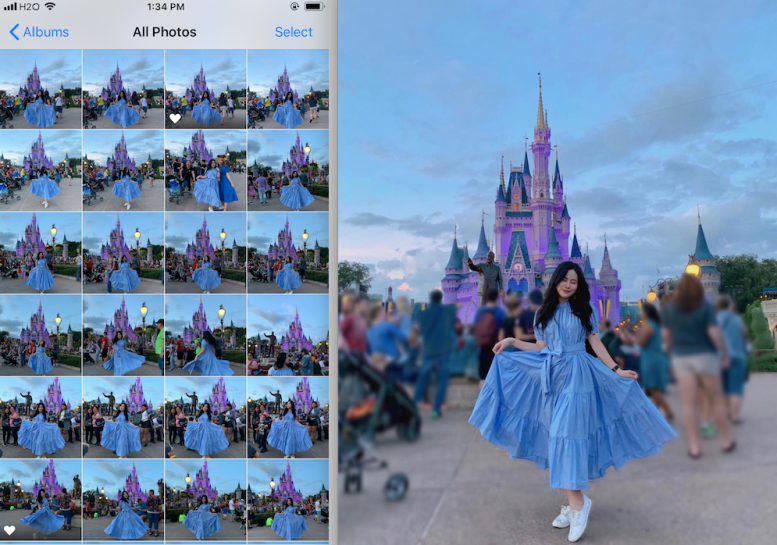

The gap between social media and reality is real. This is the amount of pictures that I, as well as my close friends usually take in order to find ‘the one’ perfect picture to edit and upload on social media.
Although me and my friends are aware of the negative effects of photoshop applications such as loss of self-confidence, it is hard to turn down something we are already so accustomed to using. Uploading photos and receiving likes and comments on social media is almost like a hobby to many people (especially for teenagers) around the world, and therefore, it is crucial for us to choose the best photo to show others how we are not missing out on the social media game.
While searching for sources related to my topic of social media, I came across the book Branding Yourself: How to Use Social Media to Invent or Reinvent yourself. According to this book, personalizing social media account allows users to ‘brand’ themselves, or create impressions of themselves. The author believes that personalizing own’s social media account is like personal branding, because people have certain ideas about the person they want to be seen as by others on media. These impressions that users create on social media elicit either positive and negative emotions from the viewers, such as joy, interest, or even dread. (Chapter 1) I believe that the ability to connect with and influence other people on social media is what drives users to ‘improve’ their photos on their accounts by uploading their best moments of life and the prettiest (photoshopped) version of themselves. People personalize their accounts in order to receive positive responses by others, just as a company would create a brand image by trying to elicit positive responses from their customers.
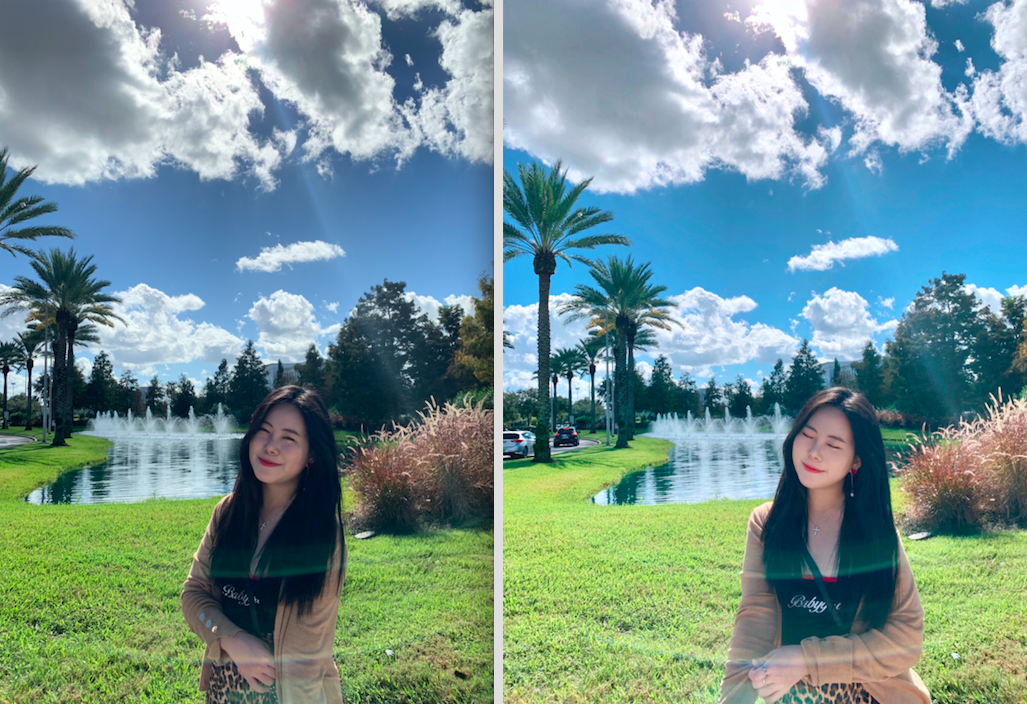
(before and after- using filters to make the weather look sunnier)
In addition, in Chapter 2 of this book, the author mentions that the best way to measure success of an account is by looking how many followers/friends the account has. Likewise, I believe that users of social media all strive for fame (in short, more followers) with their accounts because more followers would mean more responses, which takes form in likes, comments, and shares. For my final project, I created an account named @filtered_vs_reality, where I posted pictures of both my before-photoshop and after-photoshopped photos in my album. Although the project was limited in that it did not have many followers as it was a new account, generally, the filtered/photoshopped pictures on the account received more likes/comments than the unedited ones.
In another book named Adolescents and their social media narratives: A digital coming of age, the author introduces a research that he conducted in 2013 and 2014, which consists of interviews and social media observations. He writes that in most cases, the teenagers in the interviews carefully selected and created their photos based on ‘friend and self-feedback’. In addition, he found out that teenagers view successful participation on social media as ‘social accomplishment‘. Teenagers view social media just as they view society in real life, and therefore, in order to visually present themselves on social media, they use tools such as photoshop to try to enhance their looks as well as remove imperfections they see in their bodies and faces.
The author writes that before talking to teenagers about their social media practices, he did not understand their obsession with uploading ‘cliched moments of adolescence’ such as bikini photos, duck face selfies, and party photos. However, the research about their photo selection process and their motivations for posting the one perfect photo, he has found out that rather than the end product itself, expression of self-identity and communication with their peers is the main reason teenagers spend so much time on social media. Like the author of Branding Yourself mentioned, communication is one of the main reasons why people want to create the best image possible on social media.
It is impossible to get rid of all photoshop apps in the world, since they are already widely used. However, I believe that it is possible to reduce some of the negative effects that it brings to users’ self-esteem, by raising awareness of the fact that there is a difference between real life and life on social media, and that people should embrace the difference as well as their imperfections, because no one is, and ever will be, perfect in real life.
Works Cited
Dunkels, Elza, et al. Youth Culture and Net Culture: Online Social Practices. Information Science Reference, 2011.
Walsh, Jill. Adolescents and Their Social Media Narratives: a Digital Coming of Age. Routledge, 2018.
Deckers, Erik, and Kyle Lacy. Branding Yourself: How to Use Social Media to Invent or Reinvent Yourself. Que, 2018.
Willingham, AJ. “Social Media Filters Mess with Our Perceptions so Much, There’s Now a Name for It.” CNN, Cable News Network, 10 Aug. 2018,
Barlow, Rich. “‘Snapchat Dysmorphia’ Can Be Hazardous to Your Health.” BU Today, 2018, http://www.bu.edu/today/2018/snapchat-dysmorphia/.
Television, CNBC. Napchat Dysmorphia: Increase in Patients Seeking Snapchat Filter Look. YouTube, YouTube, 6 Aug. 2018, http://www.youtube.com/watch?v=6Pkbfu-_LSY
This Morning. I Had Surgery to Look Like My Selfies. YouTube, YouTube, 21 Nov. 2017, http://www.youtube.com/watch?v=zFy-0GLlXlc
